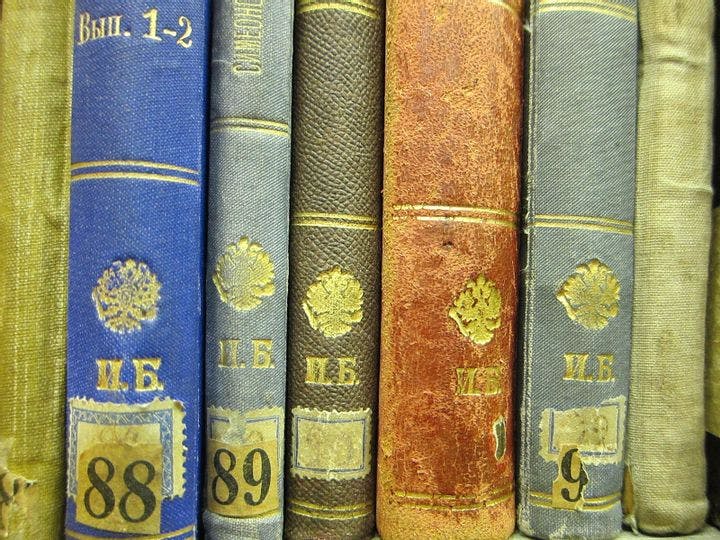Fall 2010
Potemkin Translators
– The Wilson Quarterly
A humanities professor believes the famous Russian translators known as P&V give short shrift to essential literary elements.
Like Dostoyevsky’s saintly Prince Myshkin, literary translators Richard Pevear and Larissa Volokhonsky seemingly can do no wrong. Their recent translations of Anna Karenina, The Brothers Karamazov, and Dead Souls, among other Russian classics, have garnered praise from such diverse cultural arbiters as The New Yorker and Oprah Winfrey. But accolades do not sway Gary Saul Morson, a humanities professor at Northwestern University. In Morson’s eyes, P&V, as the two translators, who are married, are known among the literati, churn out “Potemkin translations—apparently definitive but actually flat and fake on close inspection.”
A humanities professor believes the famous Russian translators known as P&V give short shrift to essential literary elements.
Morson holds that P&V’s weakness as translators owes a lot to their method. Volokhonsky, a St. Petersburg native, kicks off the process by translating the Russian text into highly literal English, which is then massaged into readability by Pevear, a literature professor from Massachusetts who has only a basic command of his wife’s native tongue. That approach gives short shrift to essential literary elements such as context, tone, humor, and timing, Morson says.
Take a passage from Nikolai Gogol’s Dead Souls (1842). In the 1942 English translation by Bernard Guilbert Guerney, the protagonist, a bureaucrat, settles into “a very dark cubbyhole, whither he had already brought his overcoat, and together with it, a certain odor all his own, which had been imparted to the bag brought in next, containing sundry flunkeyish effects.” “Sundry flunkeyish effects” is true to the spirit of Gogol, Morson asserts, since “Gogol often chooses words less for their meaning than for their humorous sound and resonances.” Guerney also stays true to Gogol by ending the passage with a funny image, as in the Russian.
P&V’s translation is quite different. In their version, the bureaucrat settles into “a very dark closet, where he had already managed to drag his overcoat and with it a certain smell of its own, which had been imparted to the sack of various lackey toiletries brought in after it.” The use of “toiletries” in the P&V version is prompted by the Russian word tualet in the original, but Gogol’s intention, Morson says, was for tualet to be funny and jarring. This effect is achieved by Guerney, but not in the P&V translation.
A handful of instances in which P&V emphasize semantic accuracy over tone and overall meaning round out Morson’s indictment of the lauded literary pair. For Morson, a great work of literature is an “experience, not just [a] sequence of signs on a page.” If translators are not able to convey that experience, they risk leading readers to think that the book’s greatness is the real sham.
THE SOURCE: “The Pevearsion of Russian Literature” by Gary Saul Morson, in Commentary, July–Aug. 2010.
https://wilsonquarterly.com/stories/art-revolution-creativity-and-euromaidan/LN, CC BY-NC-SA 2.0
Up next in this issue
